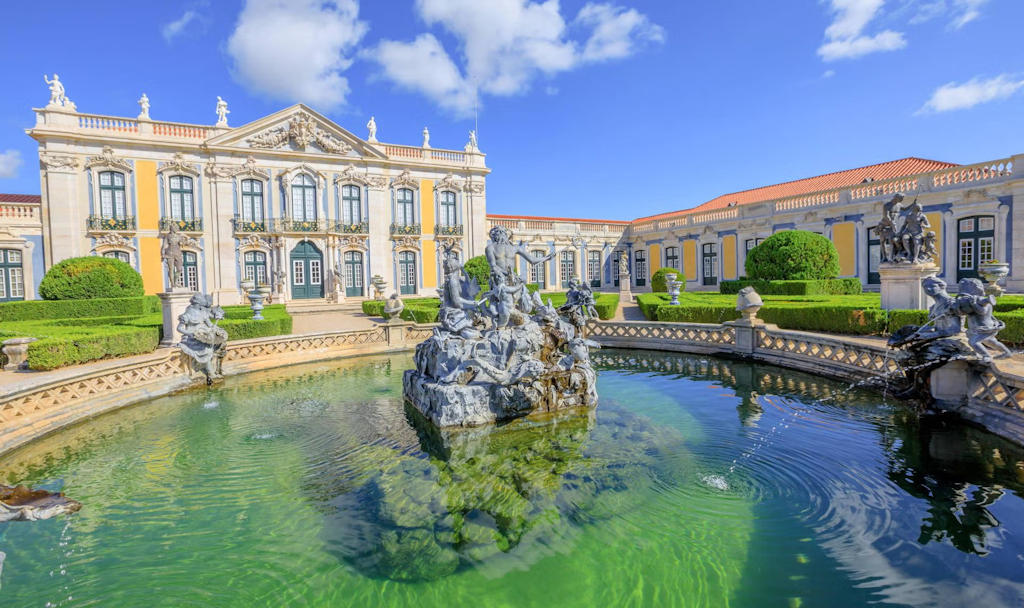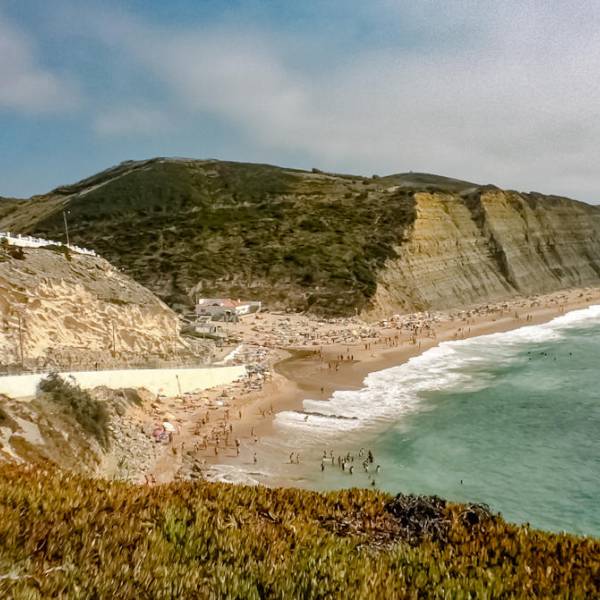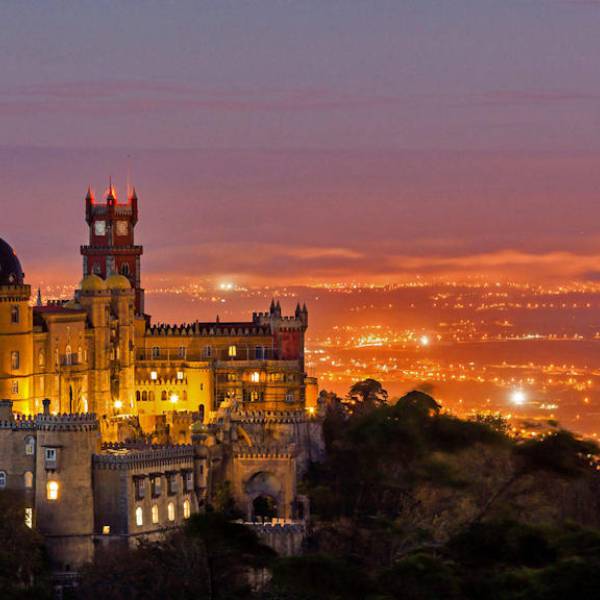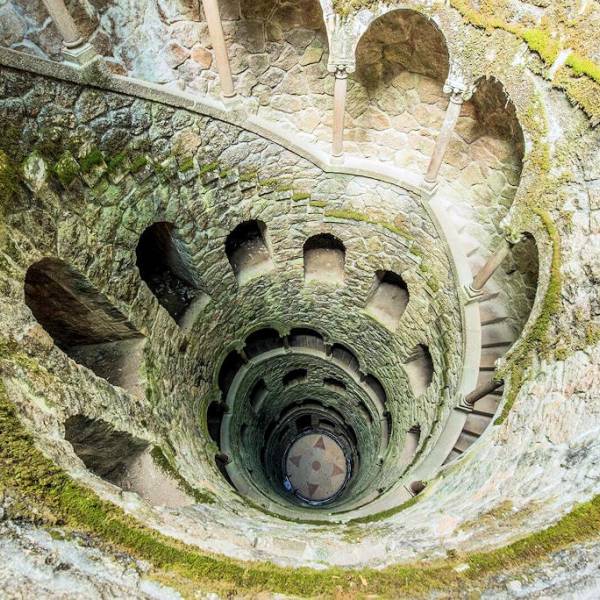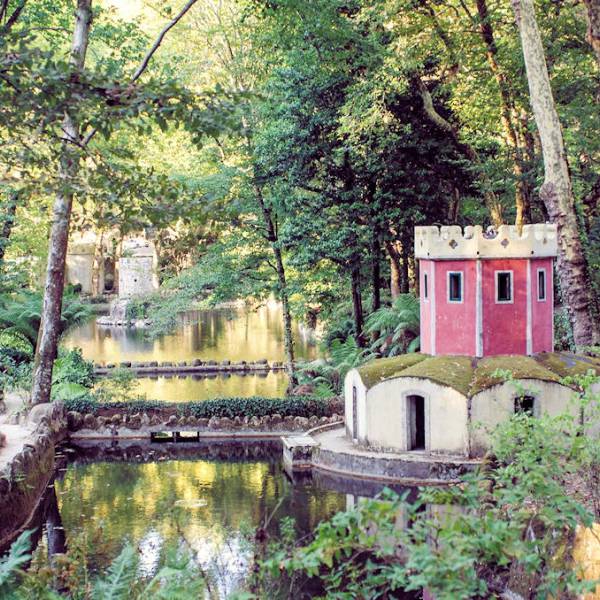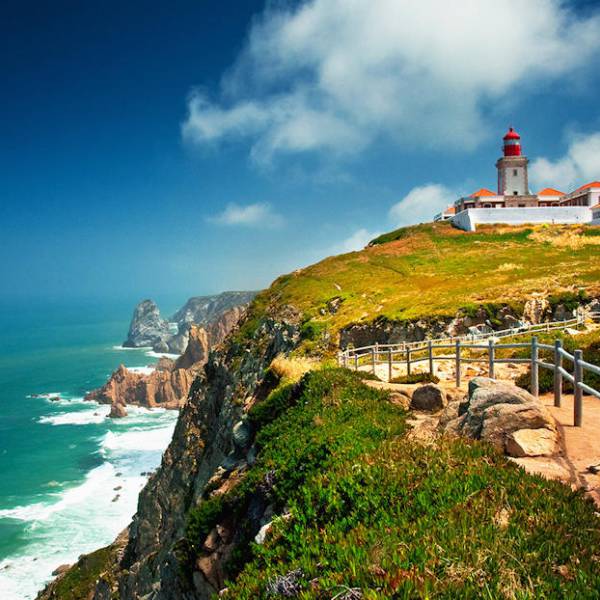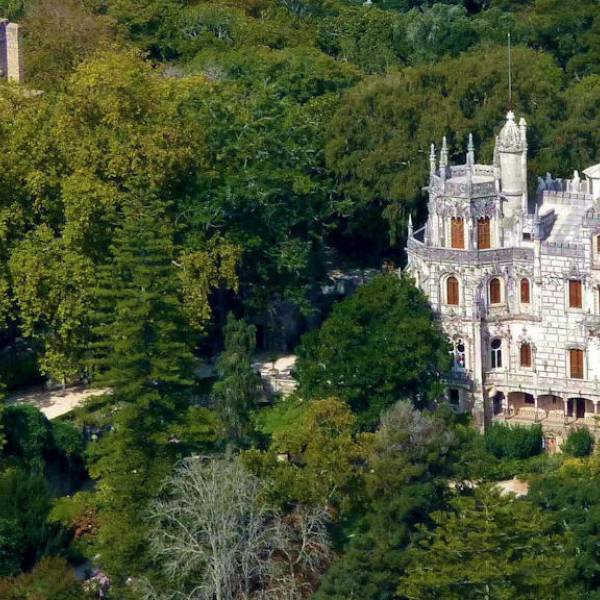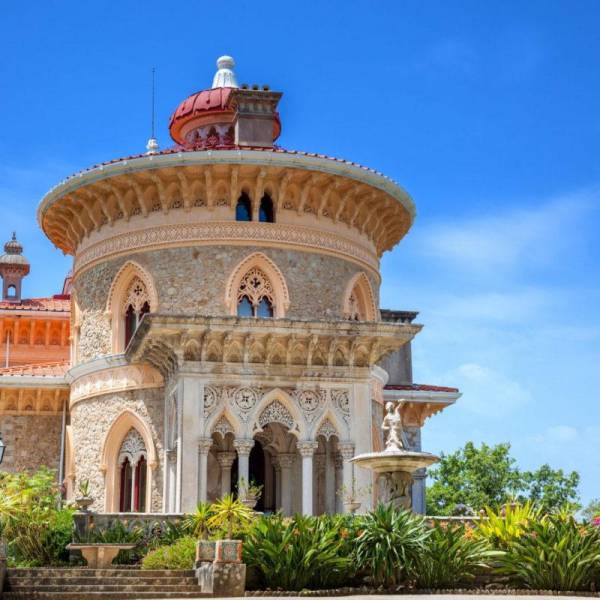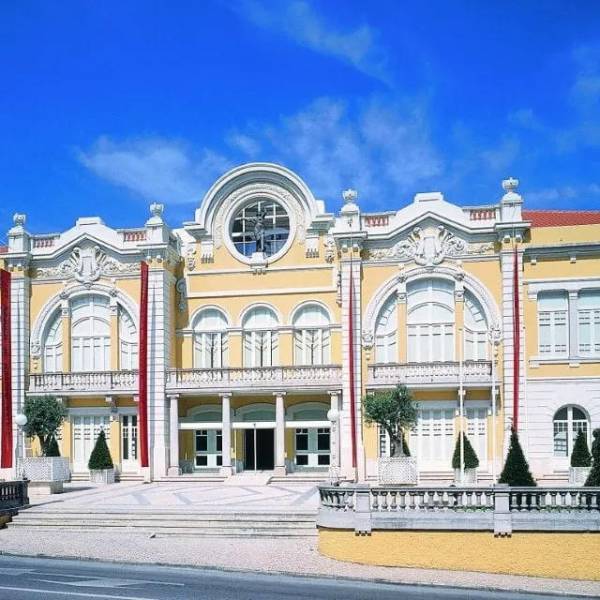The Palace of Queluz is a remarkable day trip from Lisbon. Step into the past as you explore this enchanting royal residence, known as the "Portuguese Versailles." Admire the exquisite architecture, stroll through the beautiful gardens, and immerse yourself in the opulent ambiance of this magnificent palace, reflecting the grandeur of Portuguese royalty.
While comparisons to the grandeur of Versailles are unwarranted, the Palace of Queluz has its own unique charm. It has been described as "exquisite rather than magnificent" and resembling "a very expensive birthday cake." The frivolous architecture of Queluz reflects the lifestyle of the Portuguese royal family during the reign of Pedro's brother, King José I, when affairs of state were managed by the Marquis of Pombal. Pombal encouraged the royal family to spend their days leisurely in the countryside, leaving him to handle matters of governance. Thus, the architecture of Queluz represents the politics, social events, and carefree lives of its occupants during this era.
The palace's role as a retreat for leisure and relaxation was short-lived. When Queen Maria I ascended the throne in 1777, she dismissed Pombal and ruled jointly with her husband, Pedro III. They utilized the partially completed Queluz as a sanctuary away from the responsibilities of state affairs, similar to how Frederick the Great used his own Rococo palace, Sanssouci. However, the tranquility was disrupted, and Queluz's fate took a turn when Pombal's dismissal occurred.
The palace was strategically located in a secluded hollow, previously owned by the Marquis of Castelo Rodrigo. Confiscated by the Portuguese Crown following the expulsion of the ruling Spanish in 1640, the property became one of many reserved for the second son of the reigning monarch. Eventually, it came into the possession of Pedro of Braganza, King John V of Portugal's second son.
Lisbon.vip Recommends
Work on the palace resumed in 1758, with adaptations made to the original design to ensure structural stability against future earthquakes. Consequently, the later phases of construction resulted in a series of long enfilades connected by higher pavilions, rather than a single towering structure. When observed from a distance, the palace appears as interconnected wings, creating a captivating visual spectacle.
Over time, the Palace of Queluz gradually fell out of favor with the Portuguese sovereigns, starting from 1826. However, in 1908, it became state property. Tragically, a serious fire broke out in 1934, devastating one-third of the interior. Nevertheless, extensive restoration efforts were undertaken, allowing the palace to be reopened to the public as a prominent tourist attraction.
One wing of the palace, known as the Queen Maria I Pavilion, constructed by Manuel Caetano de Sousa, serves as Portugal's official state guest house, designated for foreign heads of state.
Today, visitors to the Palace of Queluz have the opportunity to admire its exquisite architecture, stroll through its opulent rooms, and appreciate the historical significance of this royal residence. The palace stands as a testament to a bygone era, offering a glimpse into the lavish lifestyles of Portuguese royalty and the architectural achievements of the Rococo period.
Map View


